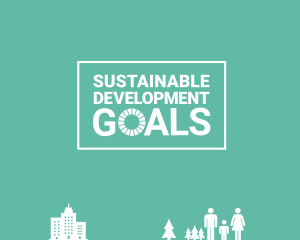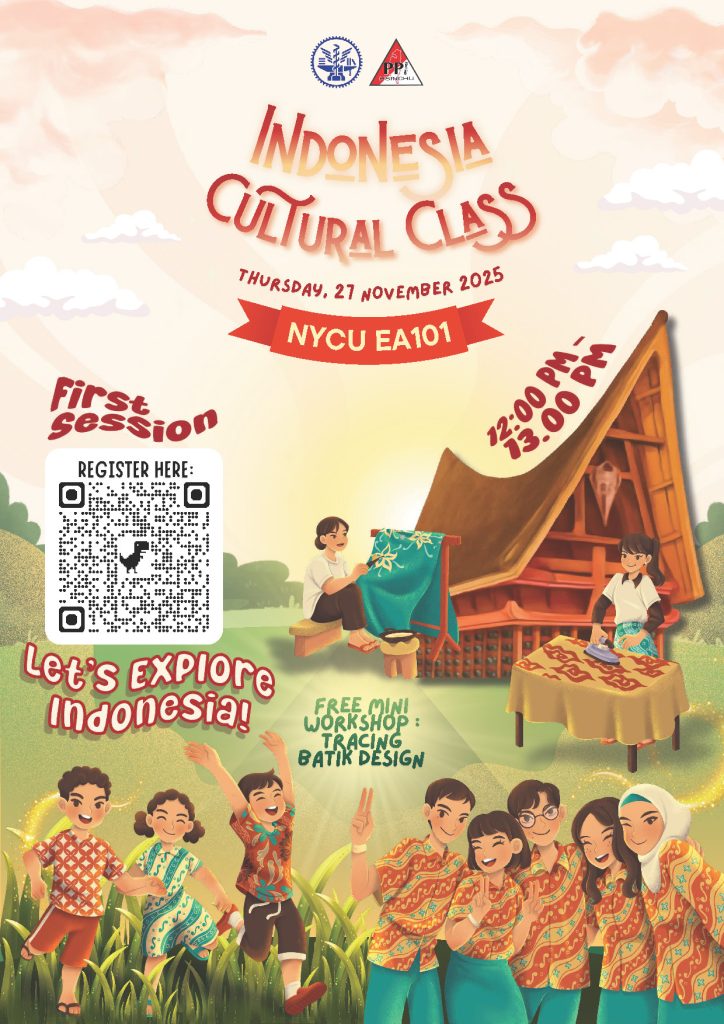The Innovative Creative Technology (ICT) is the core of our school’s practical courses. Through the design of interdisciplinary courses and the establishment of a wide-ranging experimental space at the school level, it realizes various possibilities for cross-domain learning and collaborative creation. Until 2022, ICT created a total of seven major professional field groups, including “VR/AR”, “Robotics”, “IoT”, “Drones”, “Digital Manufacturing”, “Biomedical Engineering and Health Sciences”, and “New Media Design and Narrative.” This year, it offers 26 courses in three major categories: core practical, professional practical, and basic practical, as well as 12 microcredit courses. Students from different departments, levels, and majors have participated, with a total of nearly nine hundred students involved.
In addition to planning and executing courses, the ICT also encourages teachers and students to participate in external competitions and exhibitions, creating a “project proposals” selection model to facilitate matching and provides resources for teachers and students of our school to participate and exhibit. In 2022, a total of six project proposals were subsidized and the participating teams achieved excellent results at national and international competitions and exhibitions. Among them, the “Formosan Fox” team from the Department of Mechanical Engineering was the first team in Taiwan to participate in the “Spaceport America Cup,” an intercollegiate rocket engineering competition in the United States.
To present the various courses offered by various professional field groups, the ICT actively organizes an annual large-scale achievements exhibition. This allows outstanding works to be shared not only within the course but also within the entire school community. The theme of the exhibition in 2022 is “OPEN-LABs! HELLO Future Humans.” In the context of coexisting with the epidemic, students, who are regarded as “future humans,” reconfigure the future using keywords such as “contactless,” “remote,” and “empathy.” This aims to break the stereotype that technology is cold and distant, and create a future technology with a sense of “warmth.”


